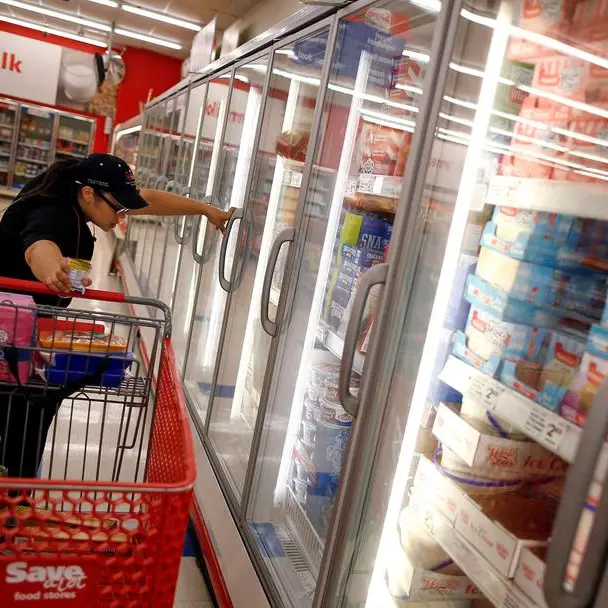PHOTO
The Canadian economy contracted at an annualized rate of 1.1 percent in the third quarter, largely due to a drop in exports led by oil, authorities announced on Thursday.
"The leading contributor to the decrease was refined petroleum energy products, which dropped 25.4 percent," Statistics Canada said in a statement.
The federal agency said that exports of overall goods and services fell 1.3 percent in the third quarter, following a small uptick the previous quarter.
Goods and services imports, meanwhile, fell by 0.2 percent, it said, which was led by declines in clothing, footwear and textile products, transportation services, and electronic and electrical equipment and parts.
The agency also revised data for the second quarter, noting growth of 1.4 percent during the period rather than a drop of 0.2 percent as announced in September.
As such, the country has avoided a technical recession -- defined as negative growth in back-to-back quarters.
Desjardins analyst Royce Mendes lamented the "heavy revisions" to the second quarter data, saying "statisticians threw markets a curveball today."
However, he added that "the economy is operating roughly in line with where we had thought it would be at the end of the third quarter."
Also, he said, "early indications suggest that the economy might have briefly bounced back to begin the fourth quarter," with preliminary data pointing to a small uptick in the economy in October.
RBC assistant chief economist Nathan Janzen commented that while Canada has avoided a recession, "the macro backdrop continues to look soft."
Both analysts said in research notes that they expected the Bank of Canada to continue holding its key lending rate over the short term and maybe even, according to Janzen, "pivot to rate cuts" next year.
According to Statistics Canada, with uncertainty in the economy, Canadian spending was stable in the third quarter, while employee compensation increased 1.3 percent.
Business investment in non-residential construction, however, declined by 2.0 percent.
Last month, Canadian inflation stood at 3.1 percent compared to the same period a year earlier, largely due to falling gasoline prices.
Canada's central bank maintained its key rate at five percent at the end of October, after having hiked rates aggressively over the past year and a half in an effort to bring inflation back into the target rage of 1 to 3 percent.





















